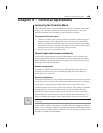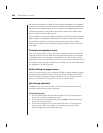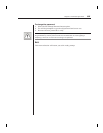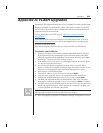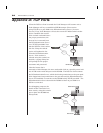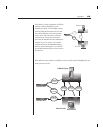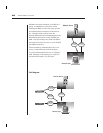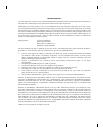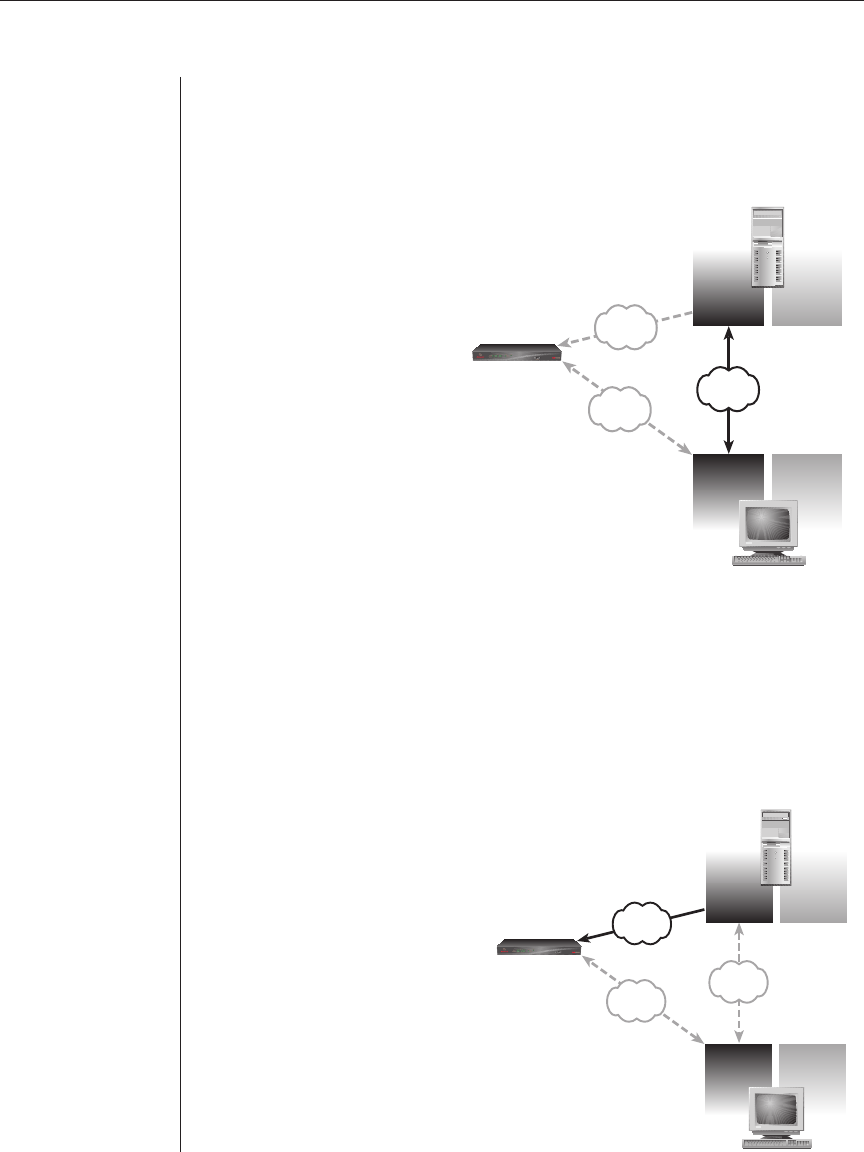
64 DSR Installer/User Guide
Appendix D: TCP Ports
When the DSView client is started the Node Manager will become active.
Node Manager will try to establish a SSPI Messenger Class session
using TCP/IP over port 2068 to the DSAuthentication Server (Avocent
Service). First, Node Manager will use the current NT/2000 cached creden-
tials to establish the session.
If the cached credentials have
the proper permissions, the
browse list is returned from
the DSAuthentication Server
over TCP/IP port 2068. Note
that the DSView client caches
this list. Using the refresh
option will update the list
from the DSAuthentication
Server. If the session is
refused using the cached cre-
dentials, a popup dialog box
will prompt for the proper
username and password.
After the browse list is
returned to Node Manager, the user can double-click on a specific port to initi-
ate a KVM session with that port on the DS1800. The DSView client contacts
the DSAuthentication Server, which checks the permissions on the port again.
If the logged user has permissions to the port selected, the DSAuthentication
Server will establish a connection to the DS1800 using TCP/IP port 8191. The
DSAuthentication Server then tells the DS1800 to listen to port 8192 for a
DSView connection.
For debugging purposes, the
details of this connection can
been seen by using the console
port to place the DS1800 into
debug mode.
Avocent
Service
TCP/IP
Port 8192
TCP/IP
Port 8191
DSAdmin
Client
Avocent
Service
TCP/IP
Port 8192
TCP/IP
Port 8191
DSAdmin
Client
TCP/IP
Port 2068
Avocent
Authentication
Service
DS/DSR unit
Remote User
DSAuth Server
DSView
Client
Avocent
Service
TCP/IP
Port 2068
TCP/IP
Port 8192
DSAdmin
Client
Avocent
Service
TCP/IP
Port 2068
TCP/IP
Port 8192
DSAdmin
Client
TCP/IP
Port 8191
Avocent
Authentication
Service
DS/DSR unit
Remote User
DSAuth Server
DSView
Client





